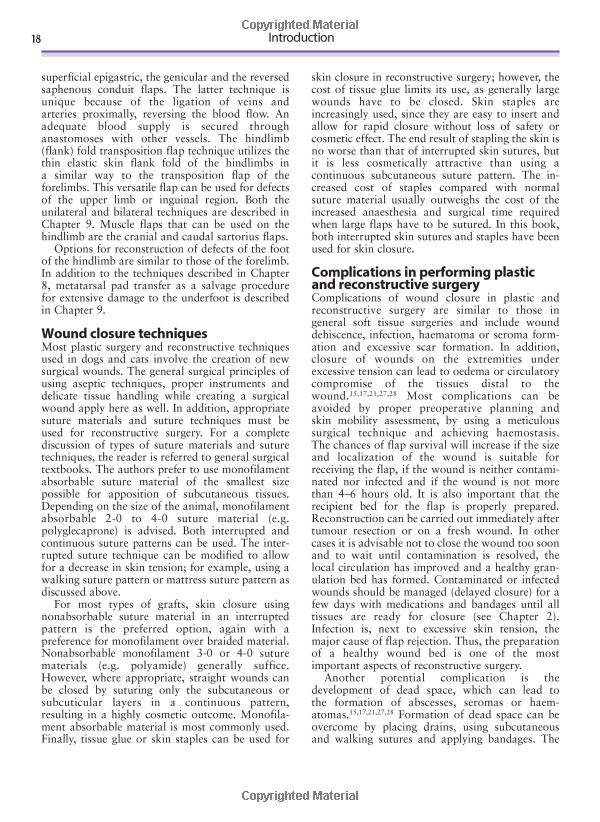Understanding Pet Overpopulation: Causes, Consequences, and Solutions
#### What is Pet Overpopulation?Pet overpopulation refers to the situation where the number of pets, particularly dogs and cats, exceeds the available homes……
#### What is Pet Overpopulation?
Pet overpopulation refers to the situation where the number of pets, particularly dogs and cats, exceeds the available homes and resources to care for them. This phenomenon leads to significant societal and environmental issues, including increased rates of euthanasia in shelters, a rise in stray animals, and the strain on animal welfare organizations. Understanding the root causes of pet overpopulation is essential for addressing the problem effectively.
#### Causes of Pet Overpopulation
Several factors contribute to pet overpopulation. One of the primary causes is the lack of spaying and neutering. Many pet owners do not take the necessary steps to prevent their pets from reproducing, leading to unintended litters. Additionally, there is often a lack of education about responsible pet ownership, which includes understanding the commitment involved in caring for a pet and the importance of population control.

Another significant factor is the abandonment of pets. Many people acquire pets without fully considering the long-term responsibilities, and when they find themselves unable to care for them, they may abandon them or take them to shelters. This influx of surrendered animals can overwhelm local shelters, which may not have the resources to care for all the animals they receive.
#### Consequences of Pet Overpopulation
The consequences of pet overpopulation are dire. Shelters often face overcrowding, leading to high euthanasia rates as they struggle to find homes for all the animals in their care. This not only affects the animals but also places a burden on shelter staff and volunteers, who may experience emotional distress from having to make difficult decisions about the animals' futures.
Moreover, overpopulation can lead to increased stray populations, which can result in public health issues. Stray animals are often unvaccinated and may carry diseases that can spread to other pets and even humans. Additionally, stray animals can contribute to traffic accidents and other hazards.

#### Solutions to Pet Overpopulation
Addressing pet overpopulation requires a multifaceted approach. Education is key; communities need to be informed about the importance of spaying and neutering pets. Local governments and animal welfare organizations can implement programs that provide low-cost or free spaying and neutering services to encourage responsible pet ownership.
Adoption campaigns can also play a crucial role in reducing the number of animals in shelters. By promoting the benefits of adopting pets rather than purchasing them from breeders or pet stores, communities can help find homes for the many animals in need. Additionally, fostering programs can provide temporary homes for pets while they await adoption, relieving some of the pressure on shelters.
#### Conclusion

Pet overpopulation is a complex issue that requires the collective effort of individuals, communities, and organizations. By understanding the causes and consequences of this problem, we can work together to implement effective solutions. Responsible pet ownership, education, and community involvement are essential components of reducing pet overpopulation and ensuring a better future for all animals. Together, we can make a difference and help create a world where every pet has a loving home.